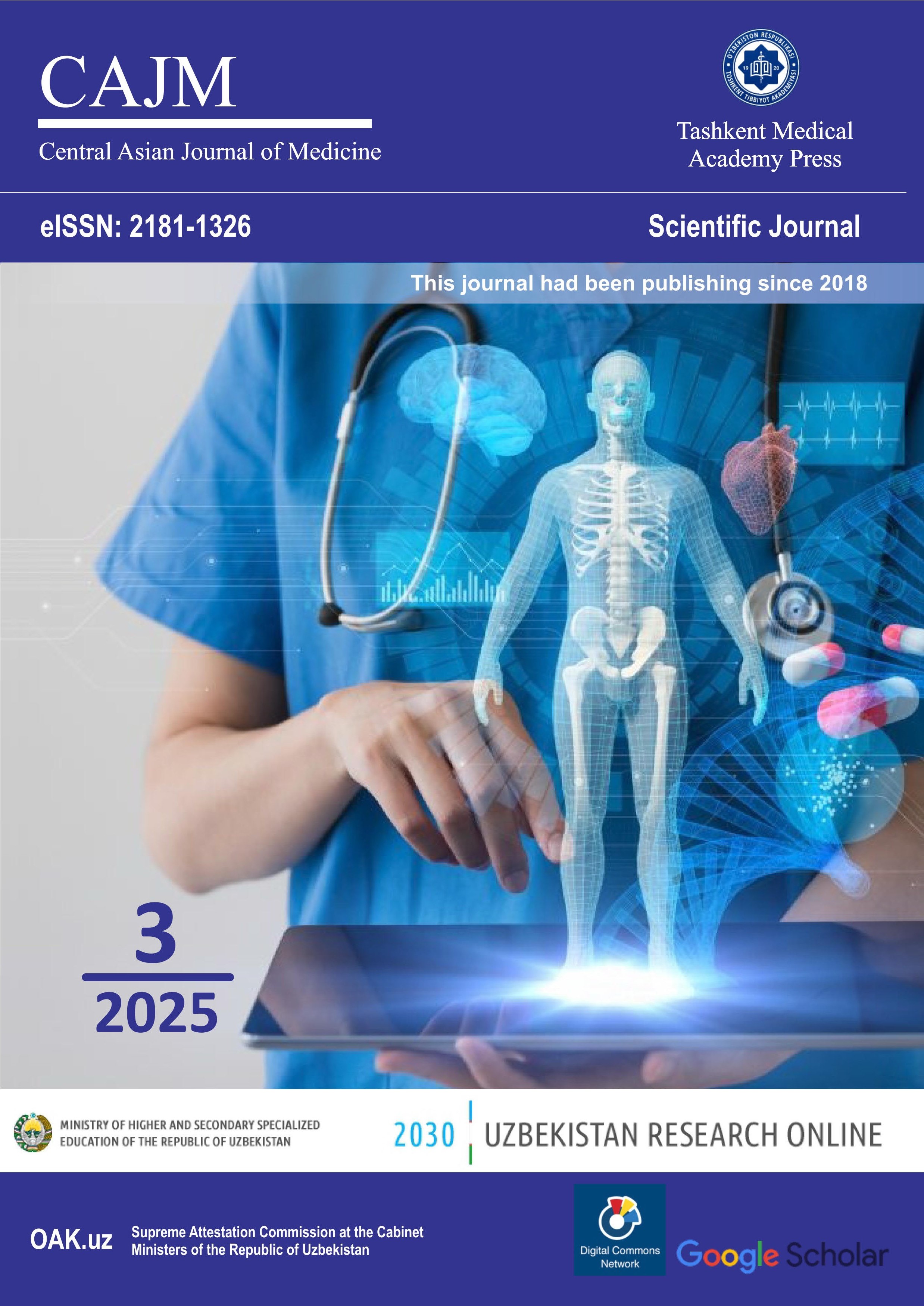MICROBIOLOGICAL CHARACTERISTICS OF CAUSES OF HOSPITAL-HOSPITAL INFECTIONS AND DEVELOPMENT OF A METHOD FOR DIAGNOSIS OF HOSPITALIZED STRAINS
Keywords:
Nosocomial infections (HAIs), hospital infection, microbiological characteristics, indication method, Enterobacteriaceae, Staphylococcus spp.Abstract
Hospital-acquired infections (HAIs) are a major health problem for the entire global community. In the world, they develop annually in 2-2.2 million people, and the length of hospital stay as a result of their development increases by an average of 5-9 days. Layering on top of the underlying disease and increasing its duration, nosocomial infections give rise to new problems - postoperative mortality. They are a common cause of neonatal mortality, affecting child mortality in general. The number of nosocomial infections according to various studies amounted to 10-70% of the number of hospitalized people and in 2% of cases the disease ended in death. The epidemic spread of nosocomial infections is facilitated by the formation and widespread distribution of strains multiresistant to modern antimicrobial drugs, characterized by high virulence and increased resistance to environmental factors, including disinfectants. As a result of the occurrence of nosocomial infections, the cost of antibacterial drugs accounts for a third of all drugs sold.

